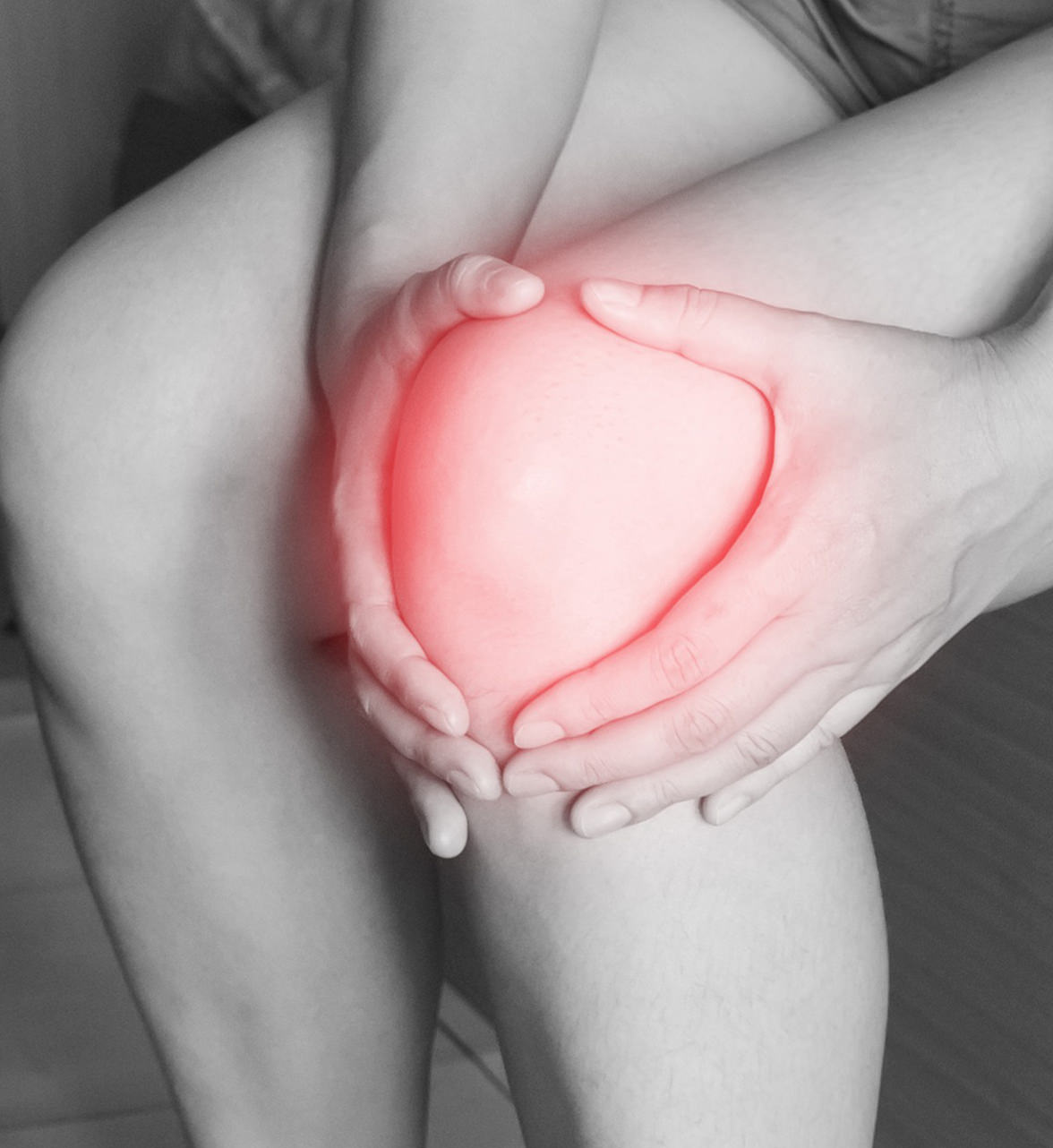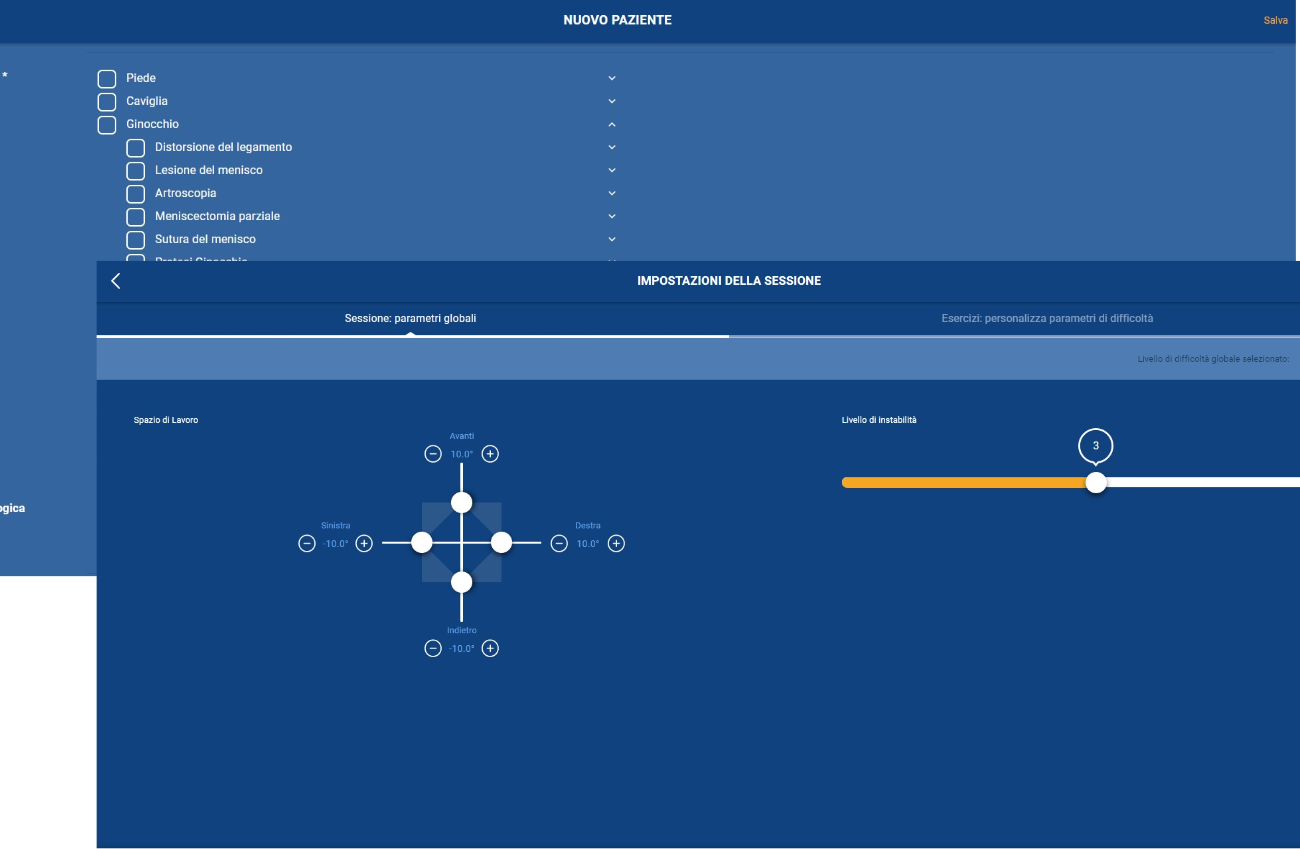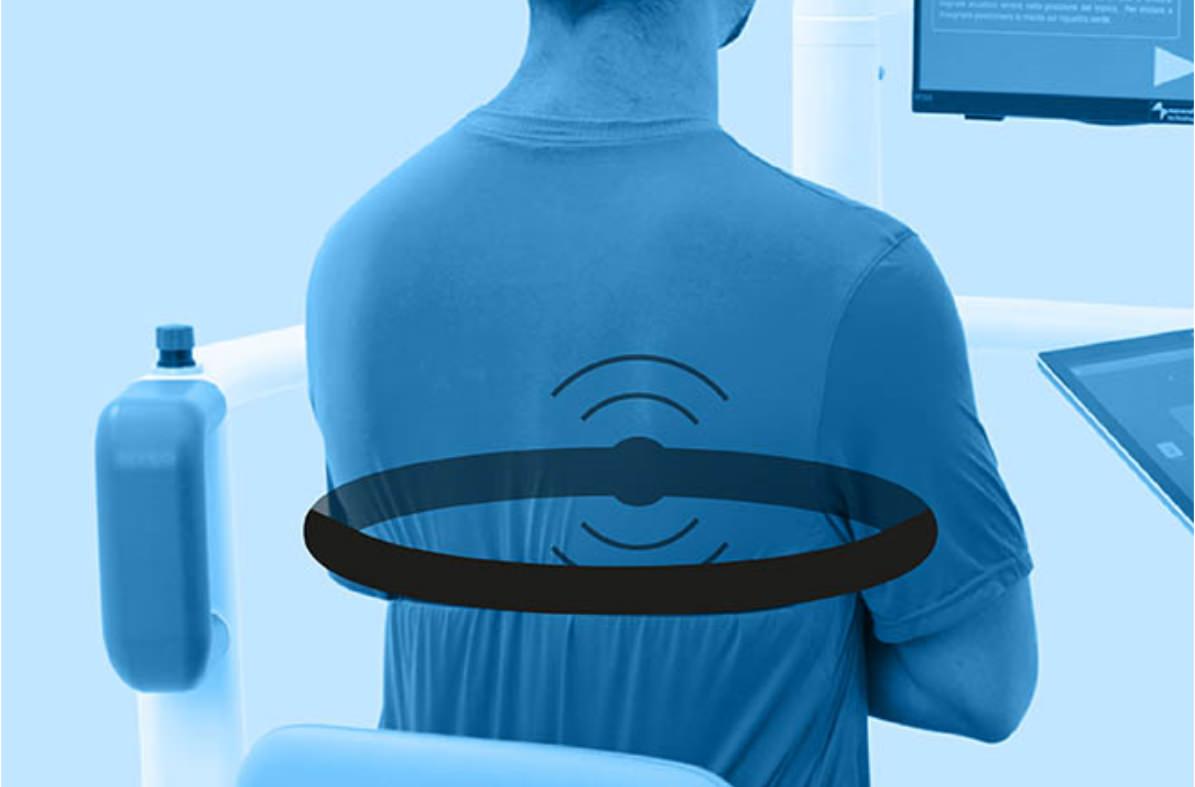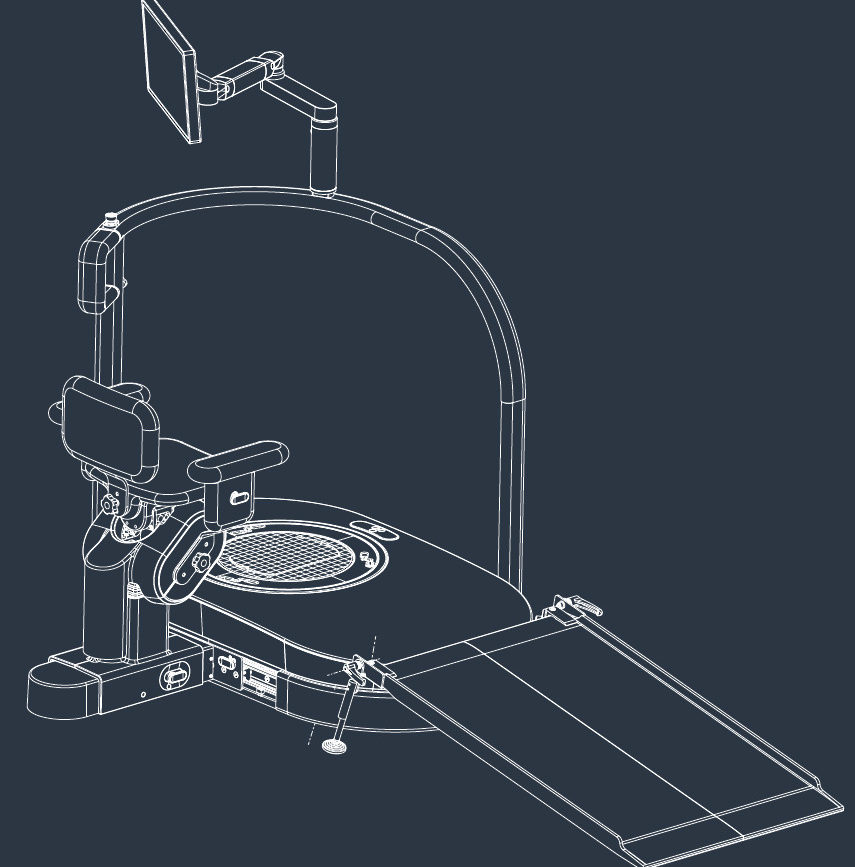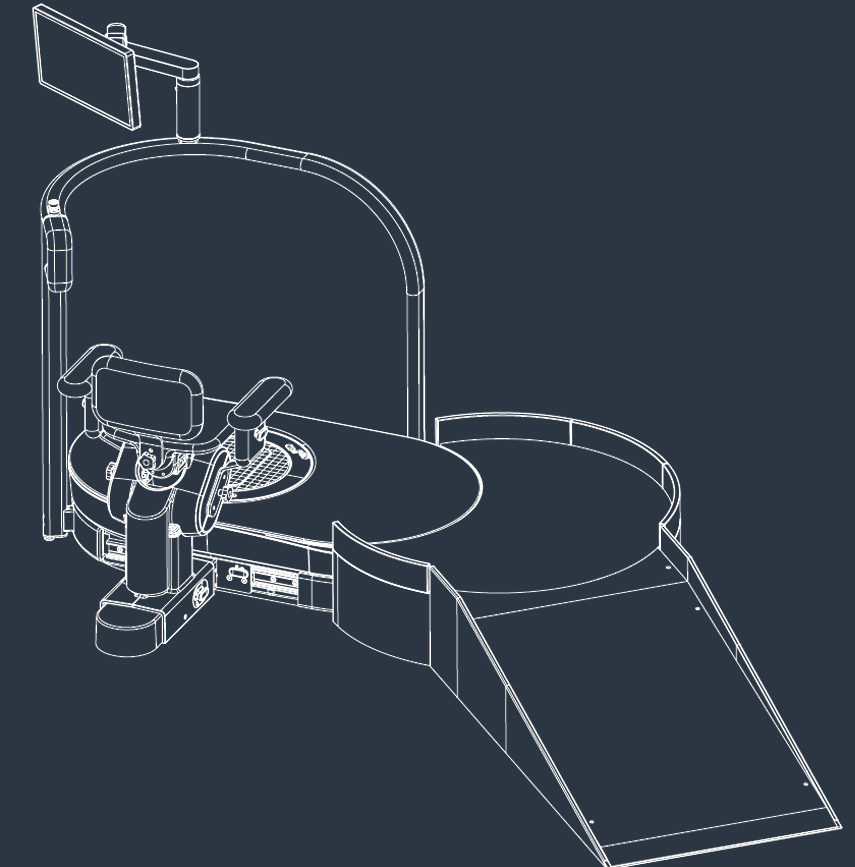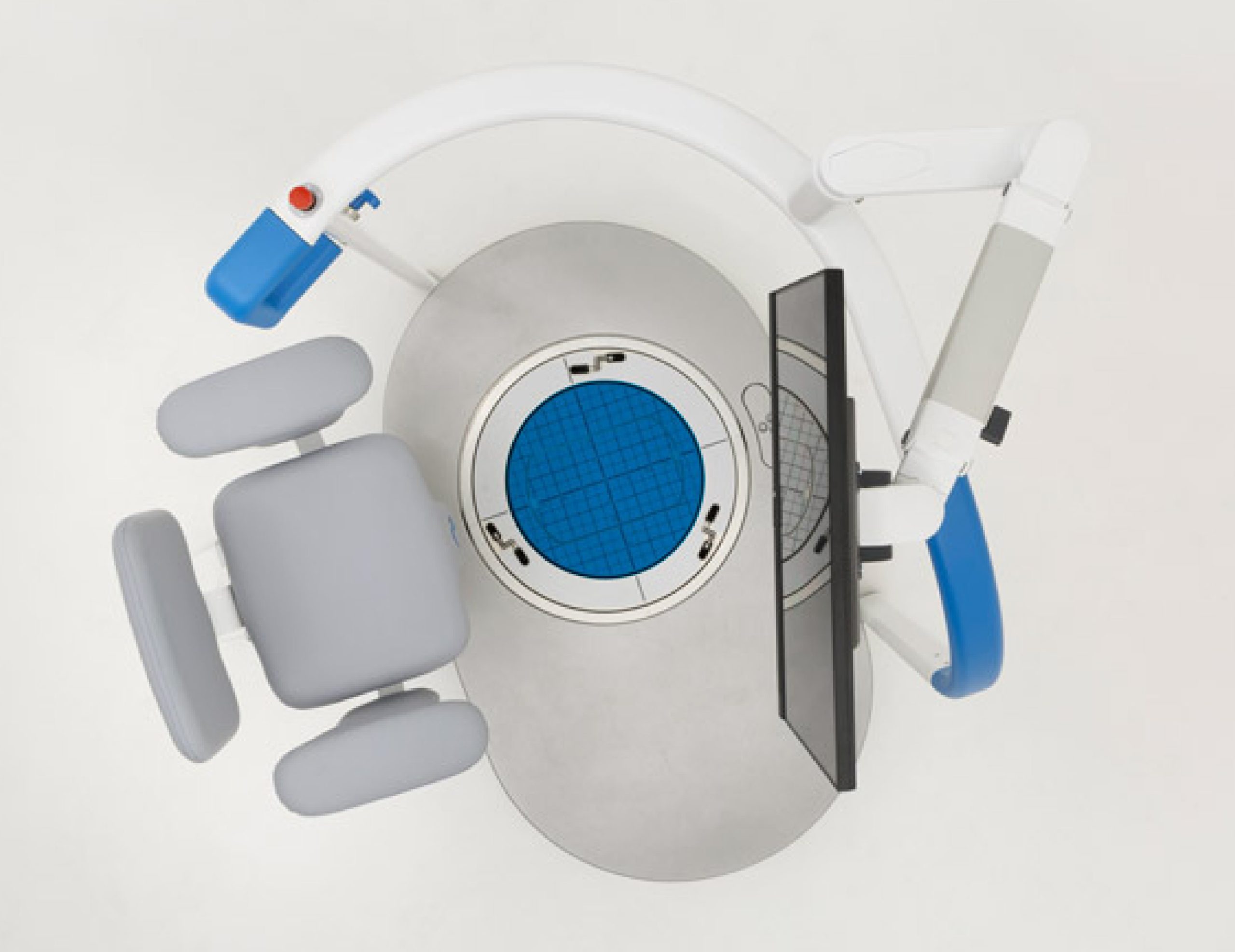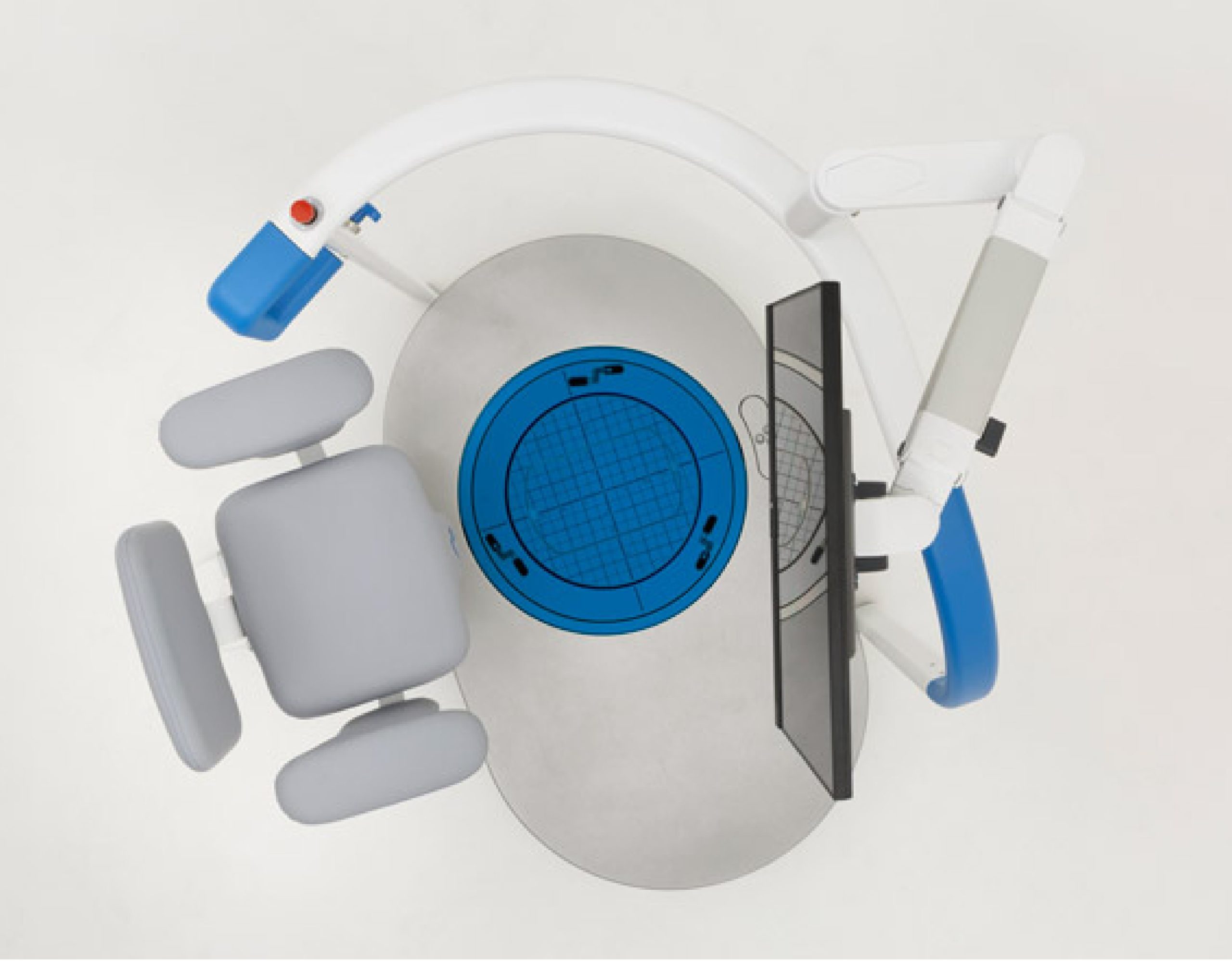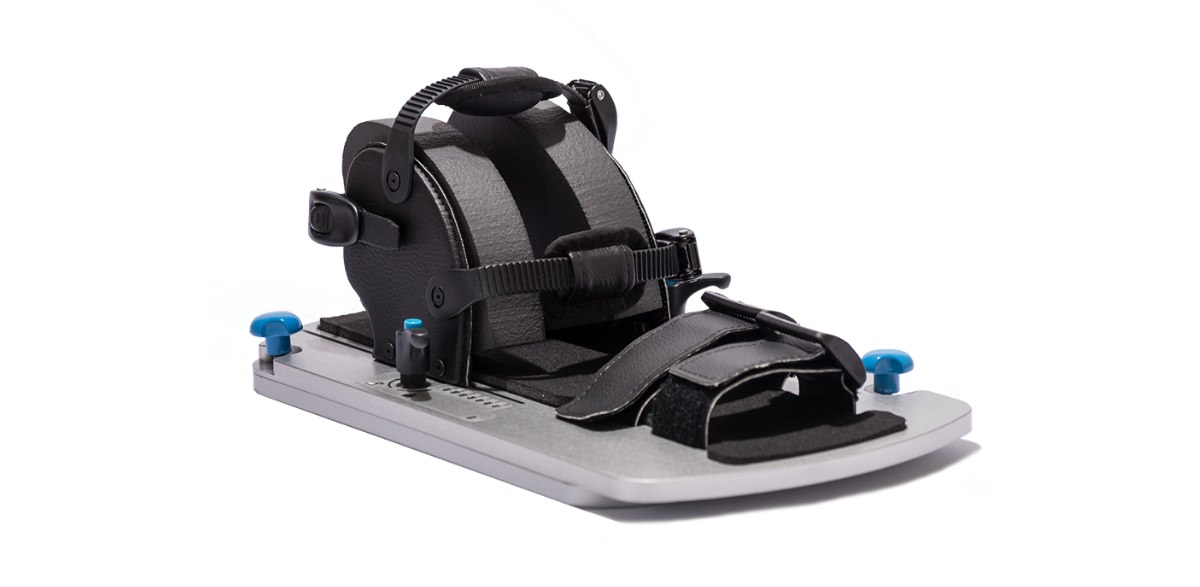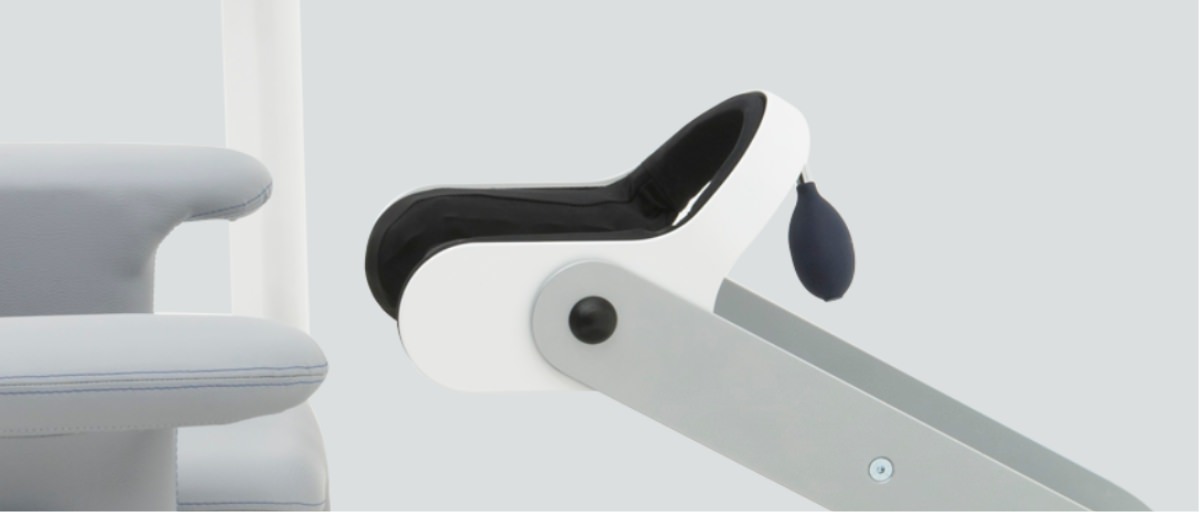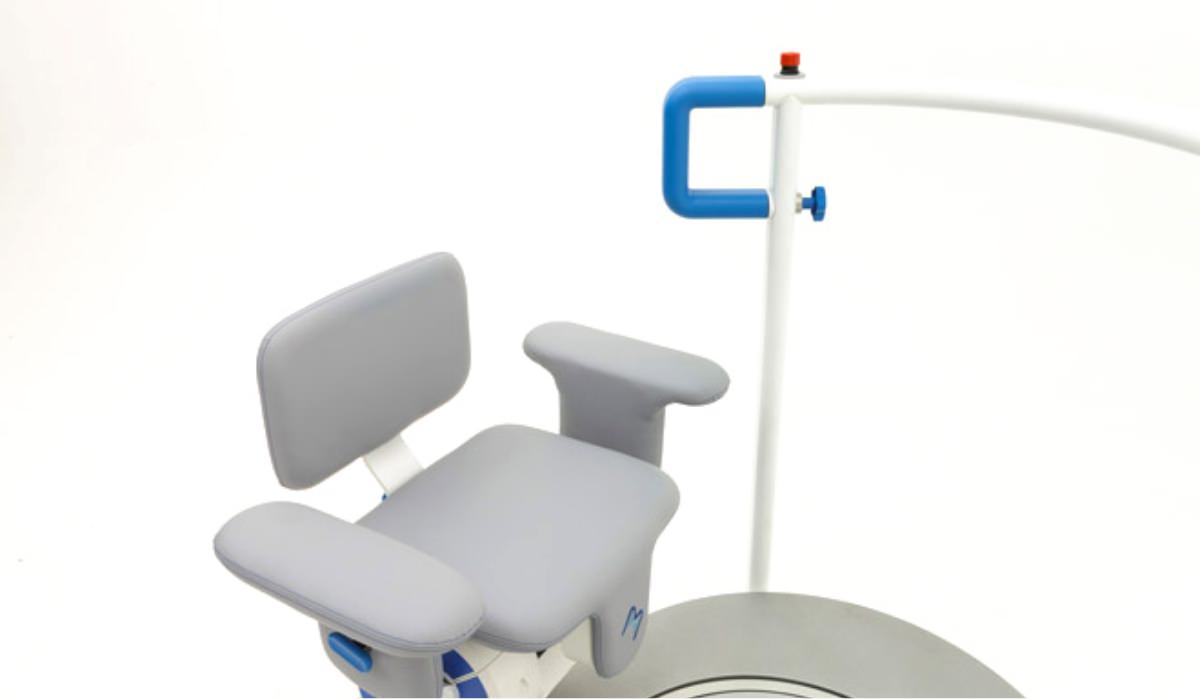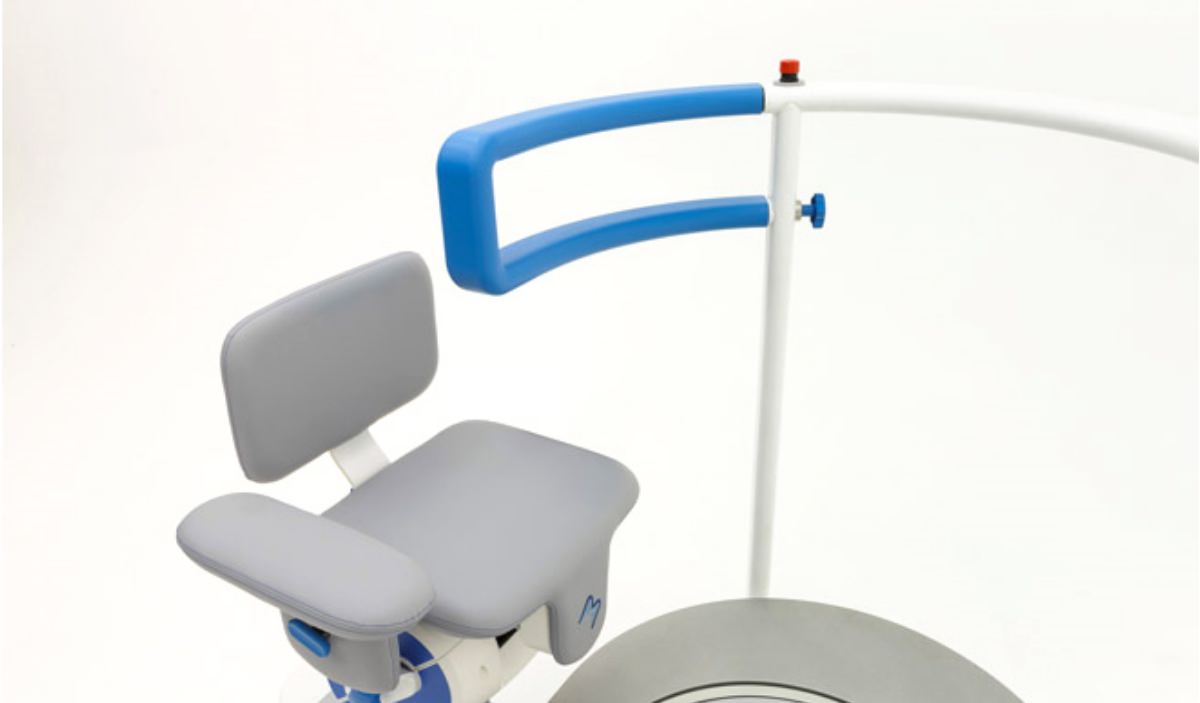KNEE INDEX
For functional knee assessment and treatment
The first functional knee assessment index
The knee index is an assessment index developed for individuals with a knee condition or who undergo knee surgery.
It allows therapists to plan optimum individualized rehabilitation with a pathway developed to suit the patient’s needs.
Patient assessment using the knee index is based on tests that determine:
- The active and passive range of motion of the knee
- The post-surgical proprioceptive deficits of the limb
- Weight-bearing distribution
- Lower limb strength
- Motor control
- Posture
- Patient’s progress during the rehabilitation process
- Recovery of full function by comparing the test indicators of the operated limb with those of the healthy limb
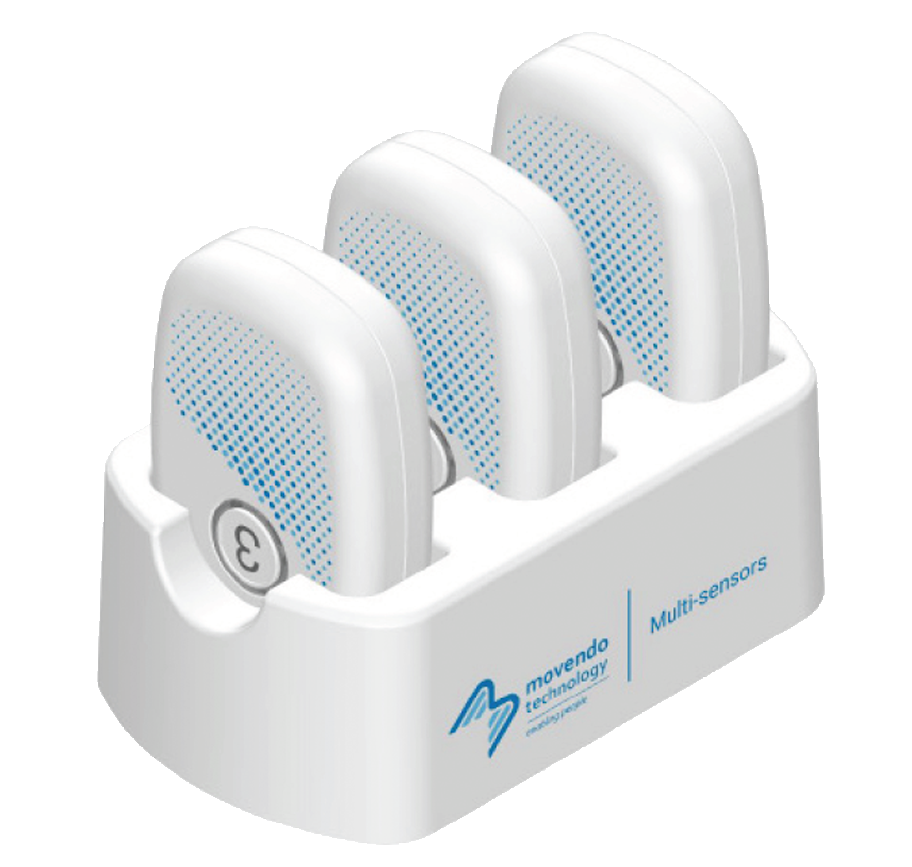
knee index
Multi-sensors
Our “Multi-sensors” solution, developed for use with hunova, huno and huno S devices, exploits the inertial sensor technology incorporated into all hunova, huno and huno S applications and extends its use to 3 sensors, thus expanding the Movendo assessment range.
The Multi-sensors solution allows clinicians to measure the range of motion of the knee joint, an essential parameter to be monitored during recovery from an injury or surgery.
The measurement data is stored and used to generate a dedicated report, comparing the ranges of motion of the patient’s knee on all planes.
Incorporating this measurement into the knee index assessment package enhances the analysis and enables therapists to obtain a comprehensive evaluation.
The knee index was developed to combine assessment and rehabilitation in a simple, automatic tool, to give therapists the possibility to fine-tune their patients’ recovery pathway in line with their impairments.
The index and results
The knee index generates a summary rate score reflecting the functional status of the knee before surgery and in the various phases of rehabilitation which is obtained by combining the results of assessments grouped into 7 areas.
If a deficit is detected in one or more functional areas, the knee index suggests a rehabilitation pathway focused on the recovery of these areas.
Graphical representation of the functional deficits of the areas analyzed using the knee index
Parameters calculated using the knee index compared to reference values.
The path
Training suggestions
The knee index covers several functional areas and gives an indication of which of them have functional limitations. Based on the assessment, the algorithm suggests a targeted rehabilitation program with customized exercises.
(The results obtained are displayed using a traffic light approach, to facilitate their reading and interpretation.)
The benefits for the patient
- Potentially faster recovery times
- Improvements in activities of daily living, e.g. going up/ coming down stairs
- Patient-specific training for better crutch control
- Data automatically organized in a single objective report
- Treatment efficiency, with more engaging exercises and less downtime
- Possibility to customize therapy using different exercise difficulty levels
- Better postural transition
The benefits for the orthopedic surgeon
- More effective monitoring of patient evolution
- Objective reporting and more reliable data
- Personalized treatment suggestions based on the specific deficits of the individual patient
- Progressive weight-bearing control
- Easy management of post-operative rehabilitation
Affiliated facilities
Discover where you can find our solutions and products in the specialist partner facility closest to you.
